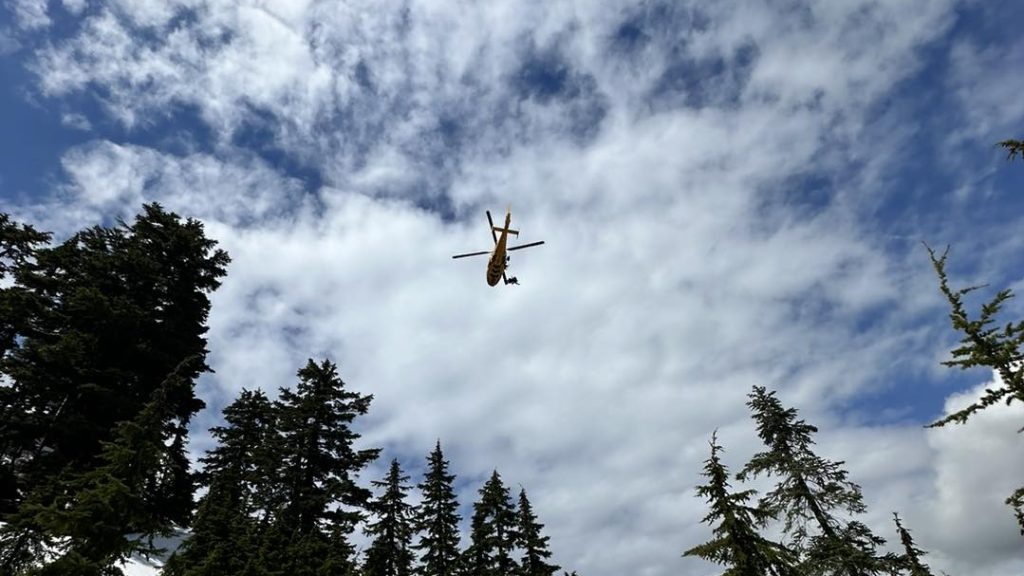Metro Vancouver mayors to grapple with low transit ridership, increased driving due to COVID-19
Posted September 26, 2020 7:34 pm.
Last Updated September 26, 2020 9:52 pm.
BURNABY (NEWS 1130) — With more people opting-out of taking transit and getting back into cars amid the pandemic, Metro Vancouver mayors are poised to consider how to increase ridership and decrease traffic.
A report set to be tabled at the Oct. 1 meeting of the Mayors’ Council on Regional Transportation points out some of the challenges TransLink is facing due to the pandemic.
“Transit ridership is down due to physical distancing guidance/proximity anxiety, increase in work from home, higher unemployment, and less overall travel & activity,” it reads.
A significant number of daily commuters have opted to insure vehicles they already owned, or purchase new ones.
“This has raised significant concerns of new habits which will be hard to break, particularly once a capital investment has been made,” the report reads.
“The outcome could be increased congestion and emissions in the recovery period, as more workers return to work.”
The report doesn’t make specific recommendations but rather suggests some options that might mitigate long-term effects.
Some of these include increasing alternatives to owning a car, like ride-share programs since owners tend to clock more kilometres than those who have to pay per ride. Creating “financial disincentives” for driving such in “peak conditions” through, for example, increasing parking fees. Encouraging carpooling and incentivizing electric vehicles are other things the report says could make a difference.
RELATED STORIES:
-
Metro Vancouver bridges see surge in traffic as transit ridership remains low
-
Metro Vancouver transit use rebound from COVID-19 drop slower than vehicle traffic
-
Masks now mandatory on Metro Vancouver transit
Andy Yan, director of The City Program at SFU, says the council has some significant long-term questions to grapple with.
“They’re beginning to game out — really — what a post-COVID world looks like,” he says.
“You’ve got to remember that pre-pandemic Vancouver was actually doing pretty well when it came to the amount of the public that took transit,” Yan says. He notes 20 per cent of people were relying on transit to get to work, with that number rising to 25 per cent among some workers, like nurses.
Yan says changes to people’s daily routines due to the pandemic could be long-lasting.
“Part of the dilemma I think the Mayors’ Council is also going to be facing is really how workers — and these are some workers that can perhaps not commute the way that they used to — change their patterns for commuting versus those who have to commute for work. I think that really part of this is to prepare the system for that type of change, whether it be temporary or permanent in terms of ridership,” he says.
“I think that there are going to be ongoing challenges in terms of comfort levels for transit users to really take transit as what it perhaps used to be at its most efficient — which was pretty crowded.”
He odes note that other countries like Taiwan that are recording zero or single-digit daily coronavirus cases, people have started taking transit again.
“When it comes to their transit systems they’ve been able to adapt to really a post-COVID, post-pandemic word. Or at least try to.”
As for ways to decrease traffic and emissions, he notes a number of considerations.
People concerned with physical distancing and nervous about contracting COVID might be reluctant to ride-share.
“How do you convince people to share a vehicle that was just freshly used by somebody else?” Yan asks.
When it comes to increasing fees he says fairness and transparency are crucial.
“There might be workers who might not be able to consider any other mode of transportation other than a car,” he points out. “You don’t necessarily want a solution that is regressive, that is those on lower incomes paying as much or more than those with higher incomes.”
The money generated by higher fees should also be used to advance the goal of decreasing congestion and emissions.
“I think it’s important that they use the additional revenue to help give people additional options to not take their cars to work.”










